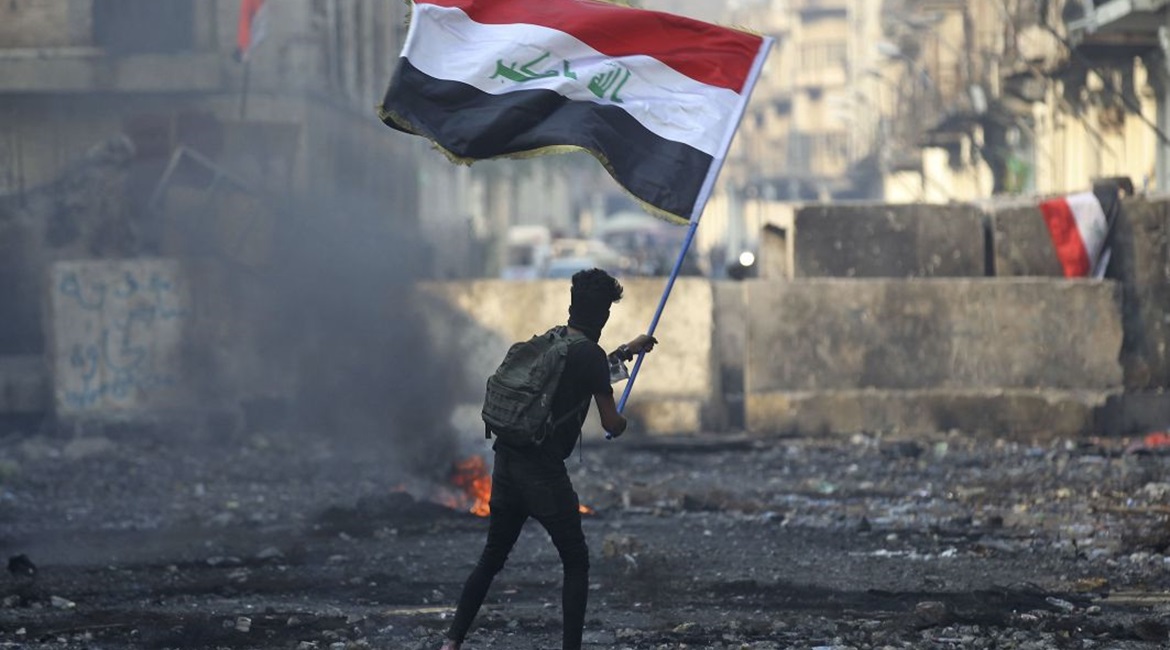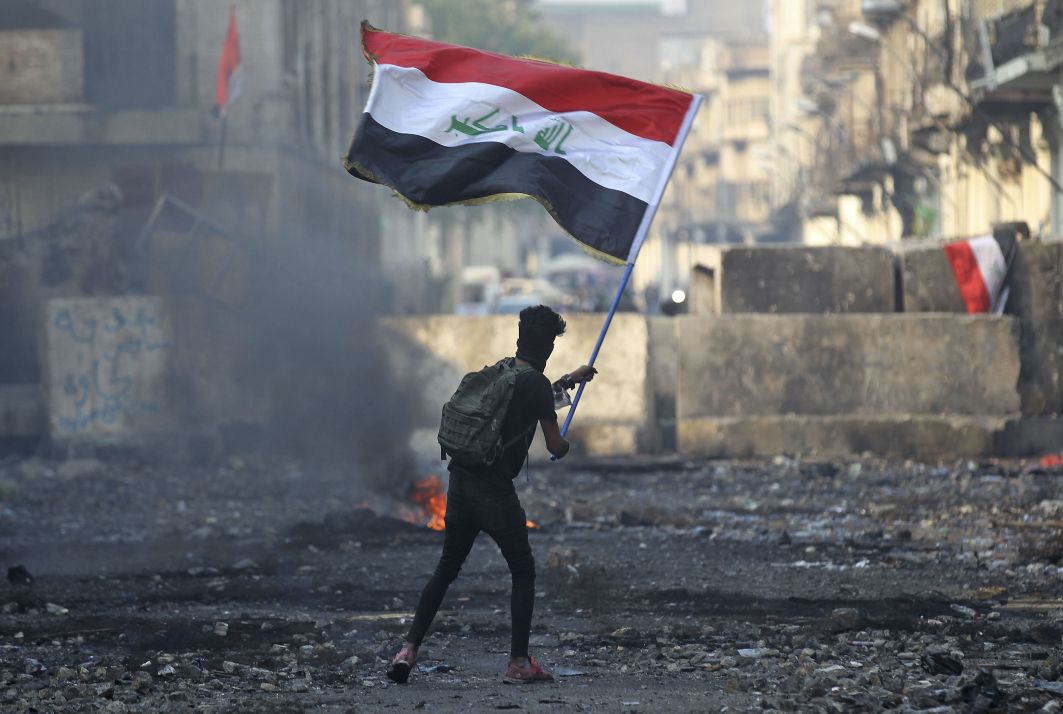
On 3 January, an airstrike conducted by a United States military unmanned aerial vehicle (UAV) at Baghdad International Airport killed the head of the Islamic Revolution Guards Corps – Quds Force (IRGC-QF), Qassem Suleimani, and a deputy chairman of the Iran-backed Iraqi Shia militia umbrella the Hashd al-Shaabi, or Popular Mobilisation Forces, Abu Mahdi al-Muhandis.
Before the airstrike, the dynamics within and between the various Shia militias within Hashd al-Shaabi were relatively stable. Suleimani controlled factions with close ties to Iran, such as Kataib Hizbullah, Asaib Ahl al-Haq, Kataib Imam Ali, Saraya al-Khorosani, and Jund al Imam, while Muhandis had oversight over the more nationalistic Iraqi factions, such as the Qiwaat Abu Fadl al-Abbas, Badr Brigades, and Saraya al-Salam. After the strike, though, the power vacuum created by the deaths of two senior commanders, and the need to replace them, has catalyzed increased competition within Hashd al-Shaabi. Although the factions with closer ties to Iran are now most likely commanded by Esmail Qaani, Suleimani’s replacement as head of the IRGC-QF, it is not clear who has succeeded Muhandis with regard to Iraqi nationalist factions.
Impact of competition within Hashd al-Shaabi
The tensions that have arisen in the wake of the airstrike have manifested themselves in different ways. First, the competition calls into question the military role of Hashd al-Shaabi in Iraq. The Iraqi nationalist factions actively participated in the 2014–17 campaign to reclaim territory from the Islamic State, operating across a large area, from Fallujah in Anbar province to Tal Afar in Ninawa province. Conversely, though pro-Iran factions were also present on front lines and in military operation rooms, their role in actual combat was much more limited.

Looking to read the full article?
Gain unlimited access to Janes news and more...






